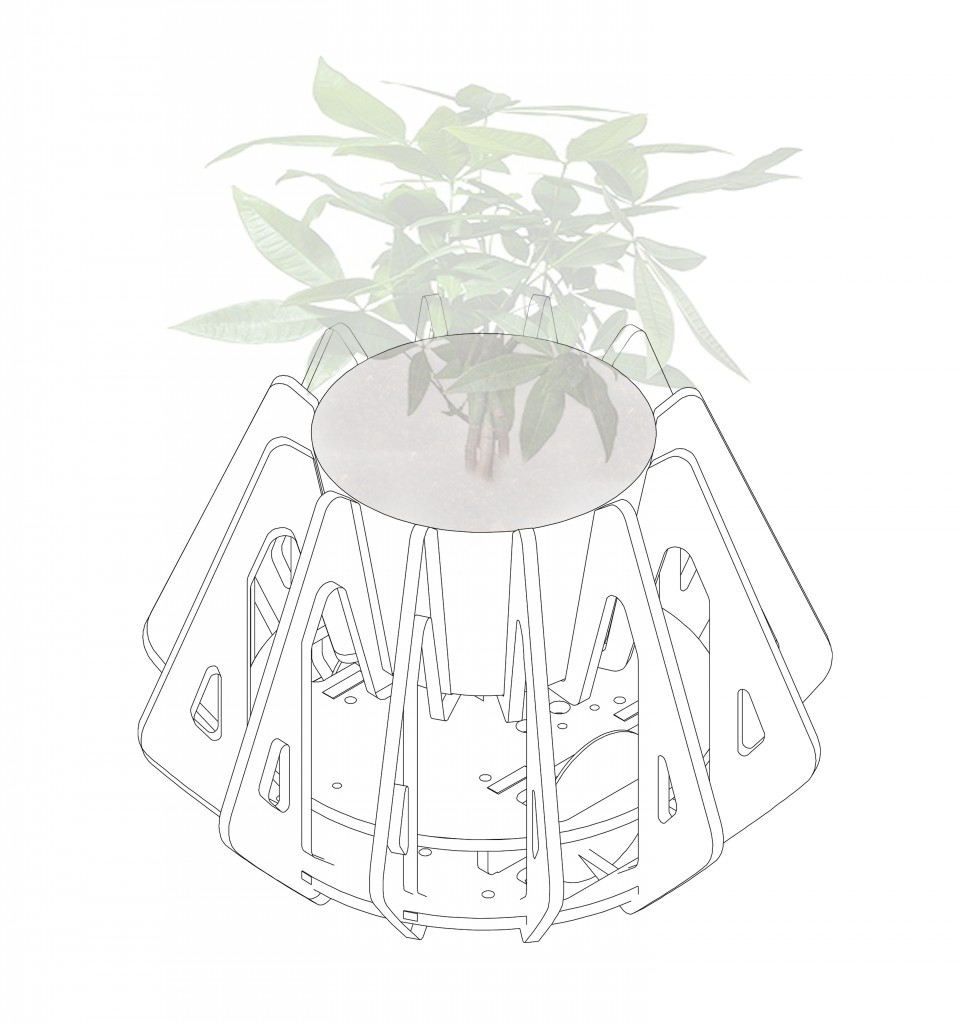It’s rare that a movie diverges from a good book in some significant ways and still finds its way to greatness. That is what happened here though.
Let’s begin with the book. Its backbone is relationships, social acceptance, and need. Our character of focus in both the book at the movie, Deckard, struggles immediately with the real, the not real, and the state of the human condition when presented with these alternatives. We are introduced to the Penfield mood organ, the first piece of technology that complicates the relationship between the human and itself and others, and calls into question what is real, what is simulated/stimulated, and what realities those simulations draw a sharp contrast against. In the book, the state of the world is much more explicit as well. These simulations and the impulse, for instance, to own a live animal (or pretend w/ the purchase of an electric one), or to protect one’s reproductive abilities with a codpiece describe the circumstances that these technological interventions are offered in.
The book also offers a more isolating view of our (semi/anti)-hero. The discussions between Deckard and his wife, the romantic interactions with one of his targets, and especially toward the end of the story where he flies out into the vast wastelands with suicidal undertones, only to return with false hope. All of these paint a much more tragic picture of individual life in decaying world than the rugged character we see in the movie. The book’s picture of Deckard is largely pathetic and despondent, as we watch him fail in arguments with his wife, desperately attempt to upgrade his social status, and be tricked by people more powerful than him.
One of the most fascinating explorations is the nuanced interplay between what is real consciousness / real life, and where the line is drawn between the increasingly blurring line between real and artificial beings and experiences. Deckard’s struggle with his sympathies for the plight of the androids (or at least one, which is enough) and the cognitive dissonance that results from this struggle is at the center of this exploration. The desperate design to own a real live animal instead of a convincing electronic replica is another theme that runs along this duality. The mood organ plays along these lines as well. These technologies all raise questions about the reality of the solution that technology has provided. When it has invaded so completely the aspects of life that govern our emotions, the impact of these technologies becomes much more important.
The film doesn’t touch nearly as much on Deckard’s personal struggle in these ways, and we aren’t given nearly as much explicit information about the state of the planet as in the book, but it offers much more in the scale and mood of life in this “evolved” world. The tone of the scenes, the darkness and brooding that the set design and rain-drenched cityscapes say as much about what the characters’ lives are like as the descriptions in the book, using different media. Much more is said without words, but with long slow pans, and silent stares between the characters. The tension in the dialog also speaks loudly in the film. This rush and anxiety is not quite as palpable in the book.
In the end, both the book and the film have a lot to offer. They both do fascinating things in exploring the gamut of living to non-living, and how we interact with intelligences at points along it.




